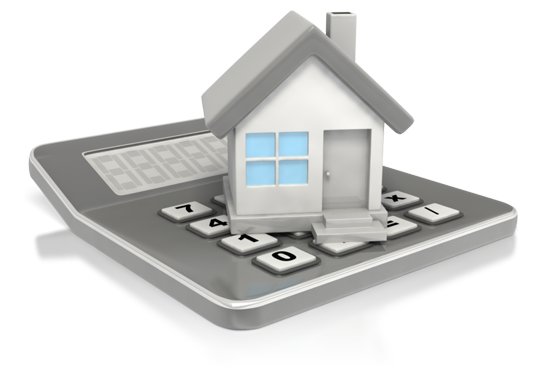Calculating the net benefit of refinancing can be a challenging task if you do not understand what to calculate. We are going to focus on the net benefits of refinancing from the standpoint of lowering your interest rate.
Although there are several reasons to refinance, lowering your mortgage rate to save on interest payments over the term of the loan is the most popular.
Calculating the actual savings can be a tricky chore unless you know the difference between cash flow savings and interest savings. If your refinance objective is to only save on the interest by lowering your rate, then the interest savings should be done with the calculations below.
Calculating Interest Savings:
(Loan Amount x Interest Rate) / Months in year = Interest paid per month
($200,000 x 6% or .06) / 12 = $1,000.00
*Remember to do the calculation in the parentheses first*
We now know that you are paying $1,000.00 per month in interest. You should take the new interest rate you are getting with your refinance and calculate what your new interest payment will be.
($200,000 x 5% or .05) / 12 = $833.34
Now we need to find out the difference between the two interest rates.
Current Interest Payment – Proposed Interest Payment = Interest Savings
$1,000.00 – $833.34 = $166.66
Now you have figured out that by dropping your interest rate 1% on $200,000 you will be saving $166.66 per month or about $2,000 per year.
Awesome!
Anyone would want to save $2,000 per year, where do I sign… right? Not so fast, you’ll want to calculate the break-even point to find out how you will benefit after your closing costs.
Net Benefit Formula (Break-Even):
(Closing Costs – Escrows) / Interest Savings = Month of Break-Even
($6,000 – $1,000) / $166.66 = 30 Months
In other words, it will take 30 months for you to recoup the cost of your refinance. If you plan to keep your mortgage for at least 30 months then you might want to consider this deal.
Okay, now we can calculate your net benefit for refinancing with one more calculation.
(Monthly Savings * Months you plan to keep mortgage) – (Closing Costs –Escrows) = Net Savings
($166.66 * 120 months) – ($6,000 – $1,000) = $14,999.20
If you kept the mortgage for 120 months (10 years) you would save $15,000.
Okay, now you can find out where to sign.
Calculating the net benefits of a refinance is crucial in determining if it is strategic for you to refinance. Keep in mind that each mortgage is slightly different and you may need to adjust calculations accordingly.
You May Also Like:
- 80
 Since there are many reasons a homeowner may choose to refinance, we'll take a look at the four most common. 1. Mortgage Rates Drop: Typically, the most common reason that homeowners refinance their mortgage is to secure a lower interest rate. Interest rate and loan amount determines the total cost…
Since there are many reasons a homeowner may choose to refinance, we'll take a look at the four most common. 1. Mortgage Rates Drop: Typically, the most common reason that homeowners refinance their mortgage is to secure a lower interest rate. Interest rate and loan amount determines the total cost… - 73If your rates are below the current market rate and you thought you couldn't refinance - think again. There are several reasons to refinance. In some cases, even if you get rates higher than your current rates you could still end up saving a ton of cash. Stay with me…
- 68








